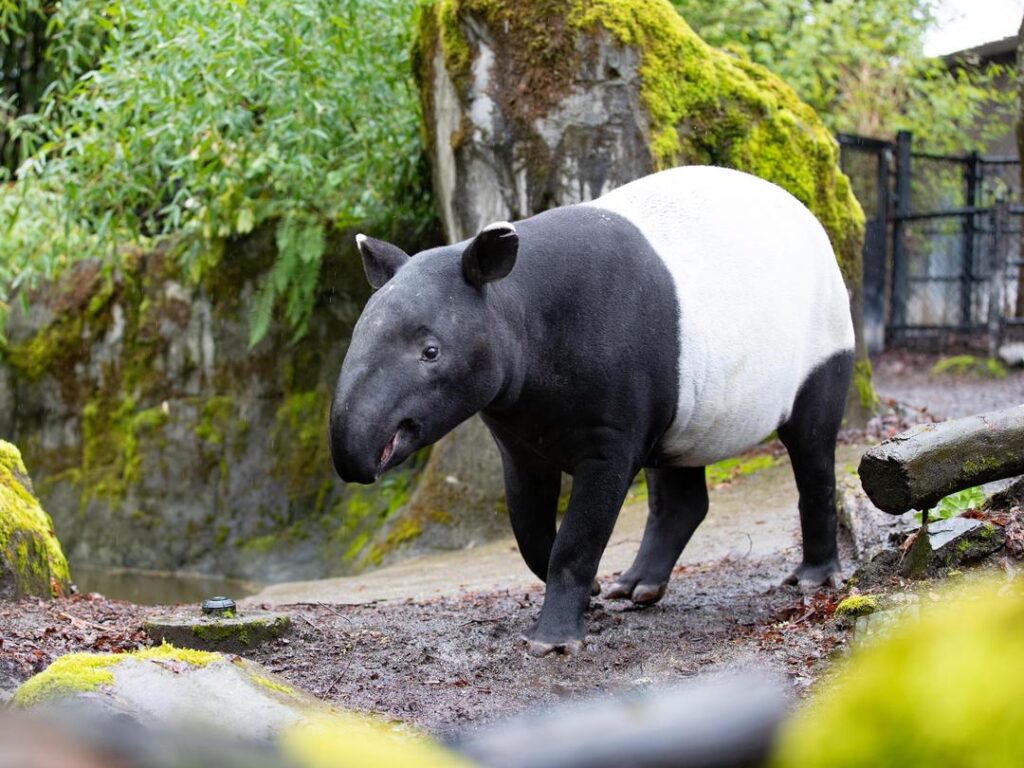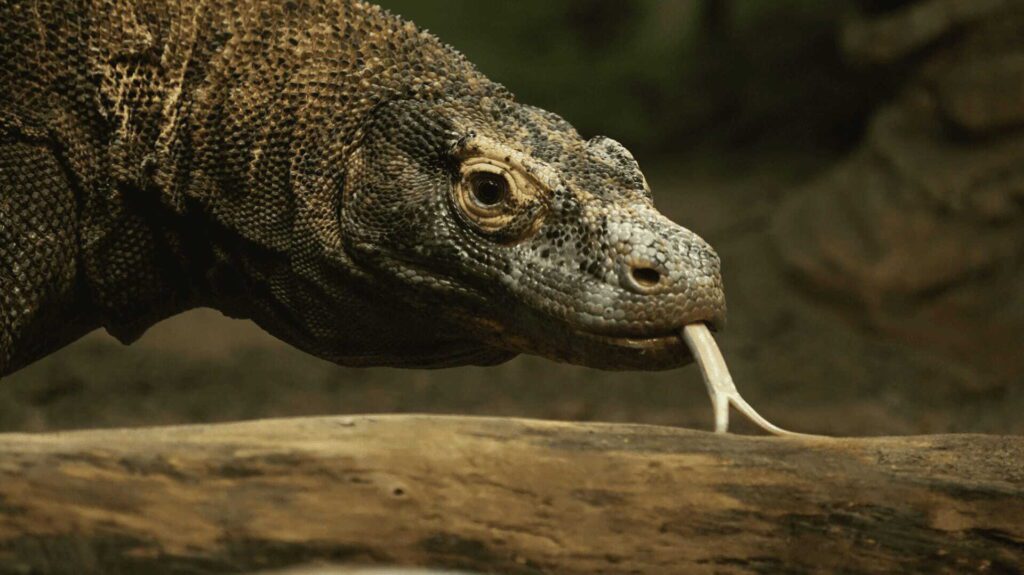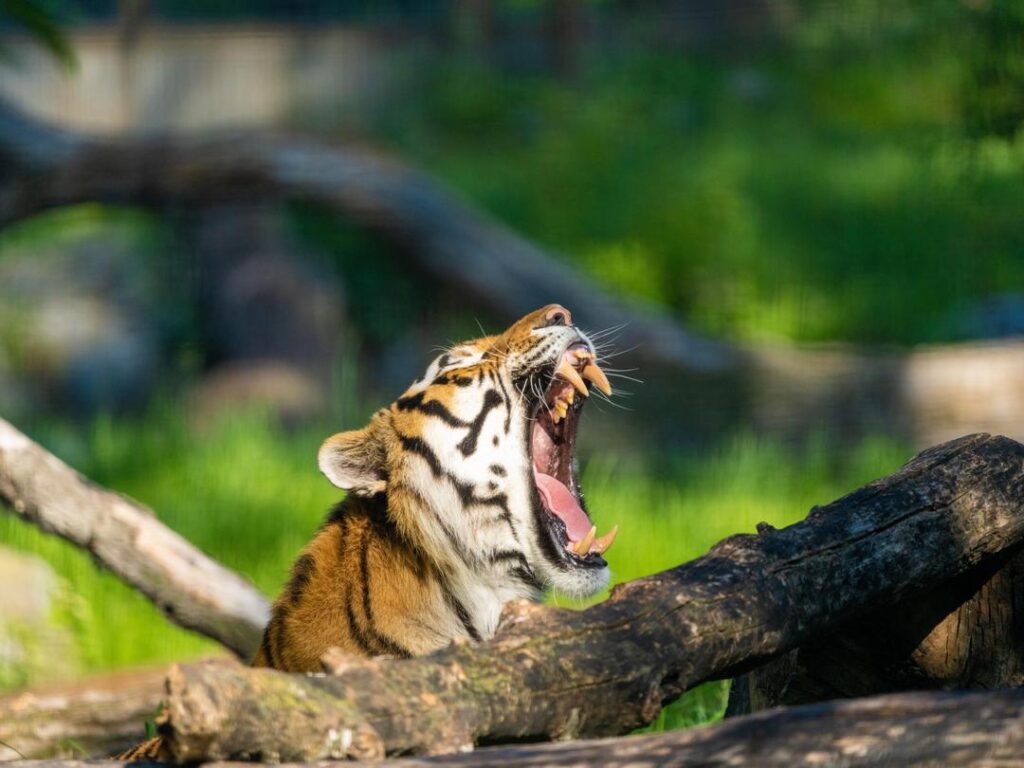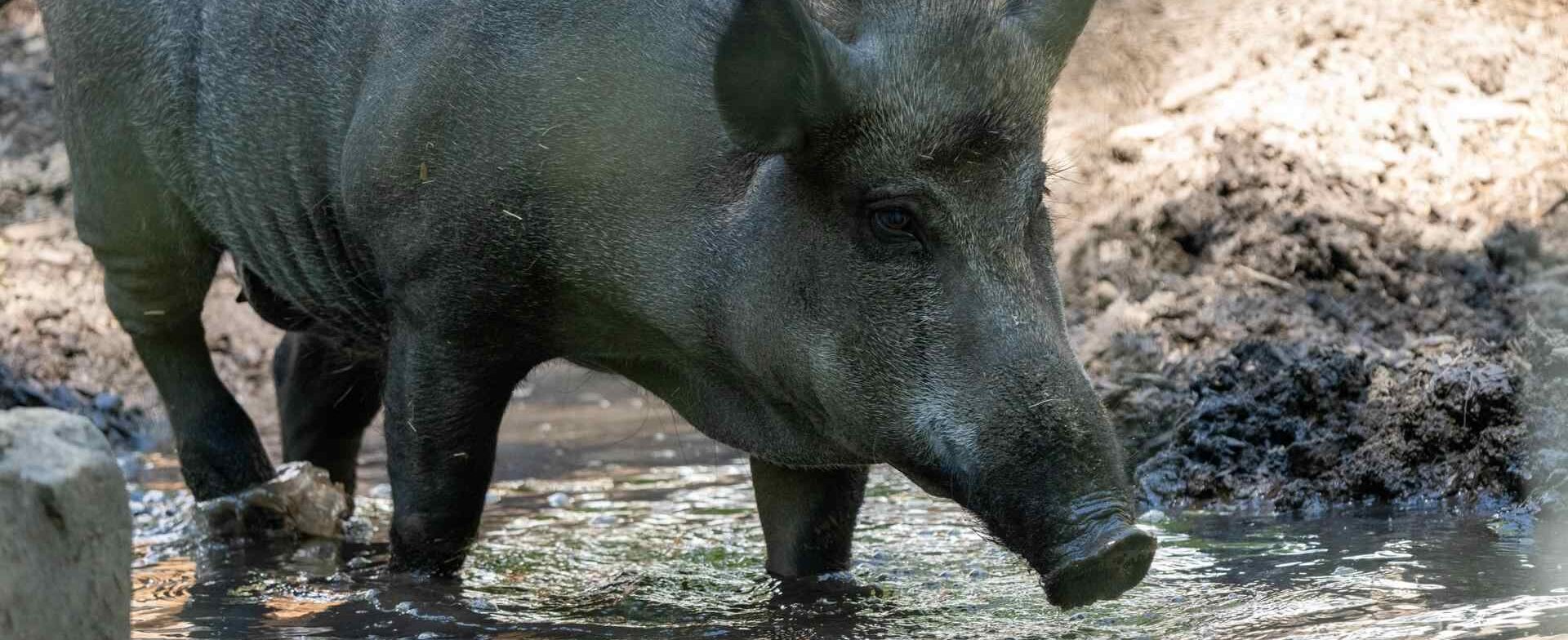
Wild Boars
The scrappy ancestor of domestic pigs
Wild boars are known for their ability to thrive across a wide range of habitats, spreading from their original native range to be found on every continent with the exception of Antarctica. Similar in build to their descendant, the domestic pig, wild boar are distinguished by their mobile, cartilaginous snouts. In addition to their tusks, wild boars have an extra layer of thick, protective skin known as the shield or shoulder plate, to help defend themselves.
- IUCN Red List Status: Least Concern (at relatively low risk of extinction)
- Type: Mammal
- Habitat: Forests, grasslands, and steppes across Asia, North Africa, and Europe
- Diet: Omnivore – plants, roots, and eggs
- Size: 91 to 182 centimetres long
- Weight: 68 to 99 kilogram

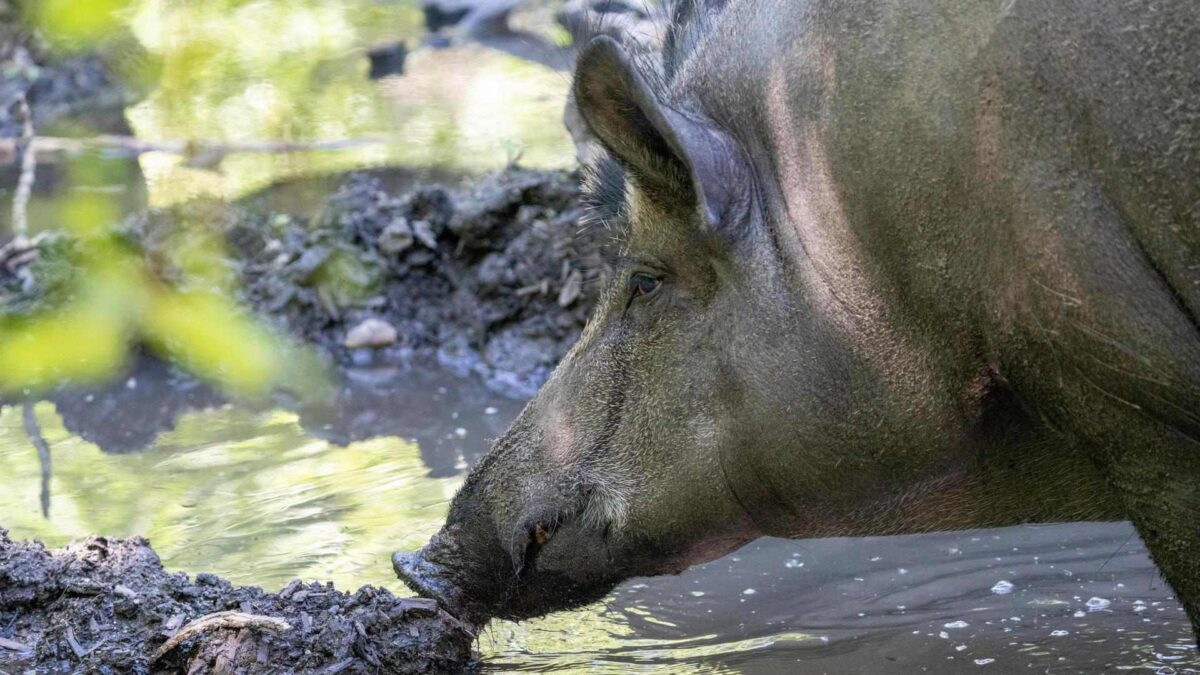
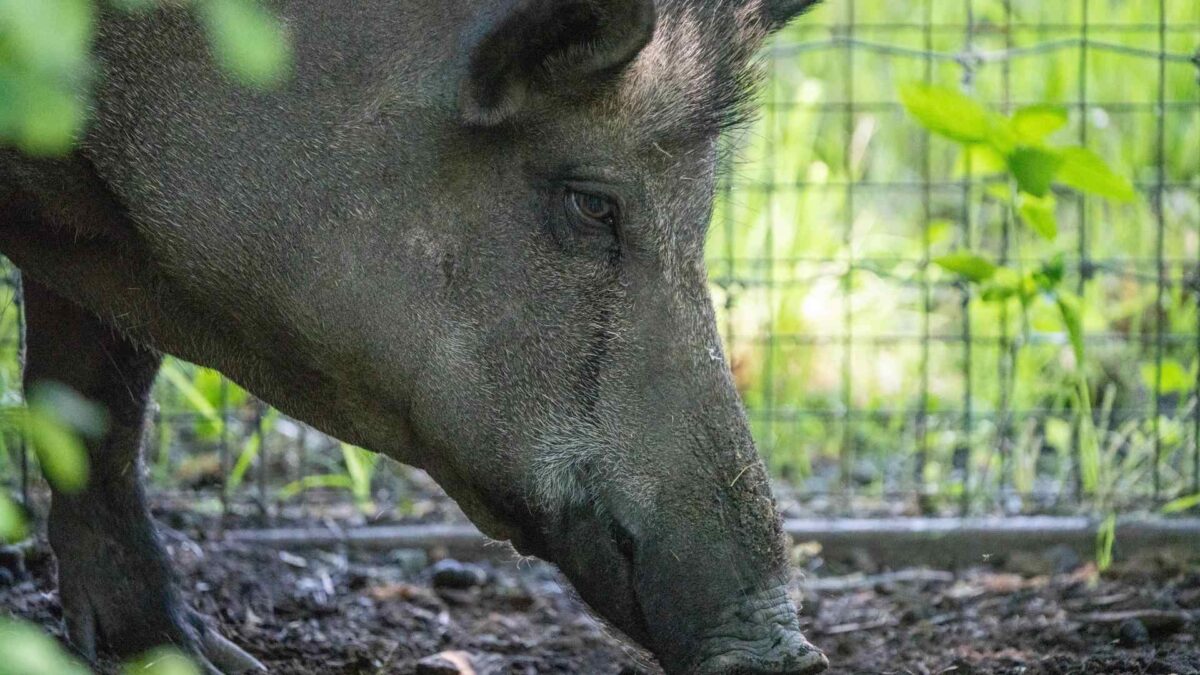
Facts about our animals
Fun Facts about Wild Boars
Wild boars are usually brown or black but can come in a variety of colours and are covered in coarse hair.
Both males and females have tusks, though tusks are smaller on females.
They are usually nocturnal, but their patterns may shift according to the season and nearby human activity.
Piglets are caramel-coloured and striped, which helps with camouflage.
Females, known as sows, can have two litters of piglets a year.
Courtship between males and females begins with the male making low vocalizations and nuzzling the female.
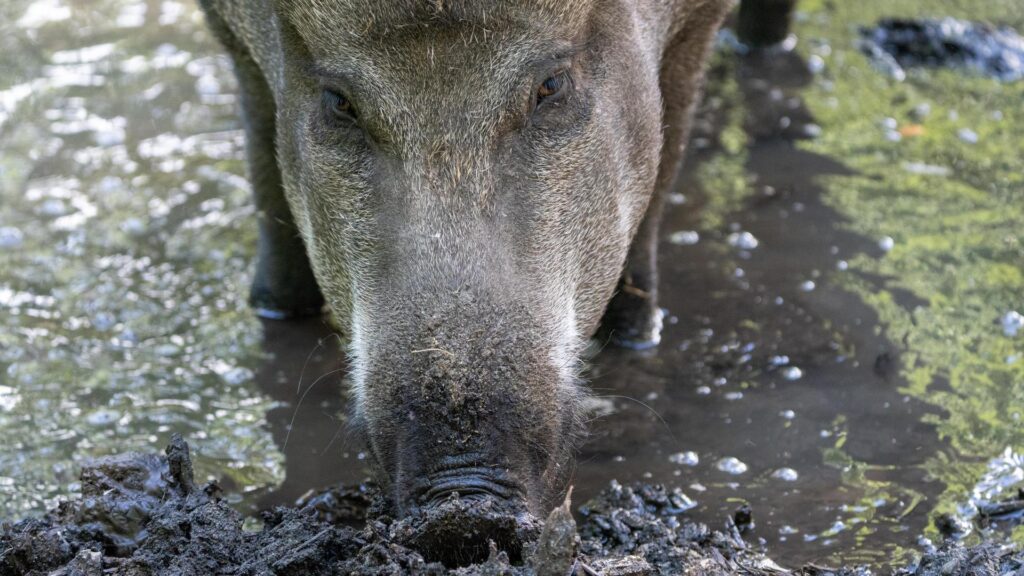
Donate
How you can help
Your donation makes a world of difference. With support for animal care, conservation programs, and education, you’re making the world wilder.
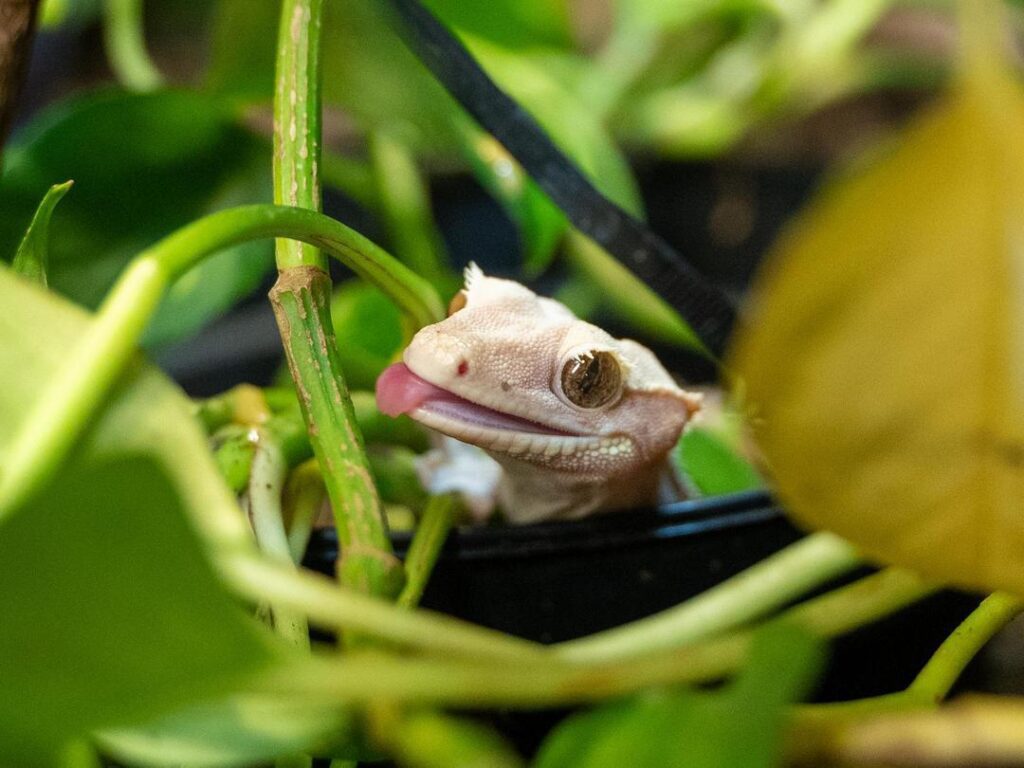
Plan your visit
Get close to wildlife
It’s time to make some memories. Here’s everything you need to know to plan an unforgettable day at the zoo.


